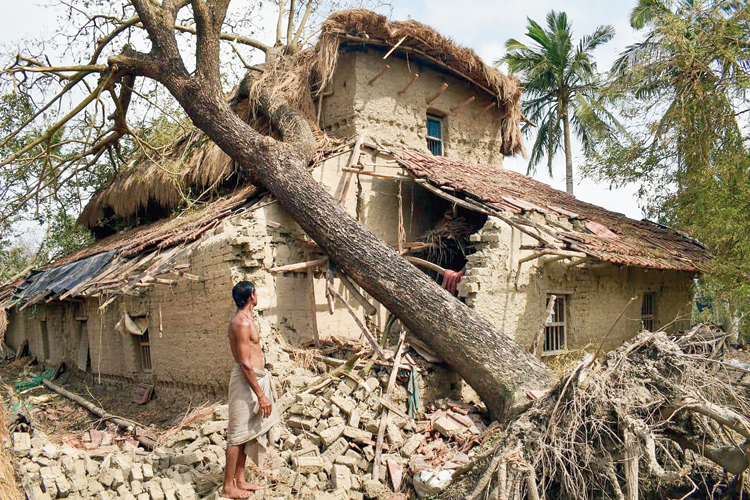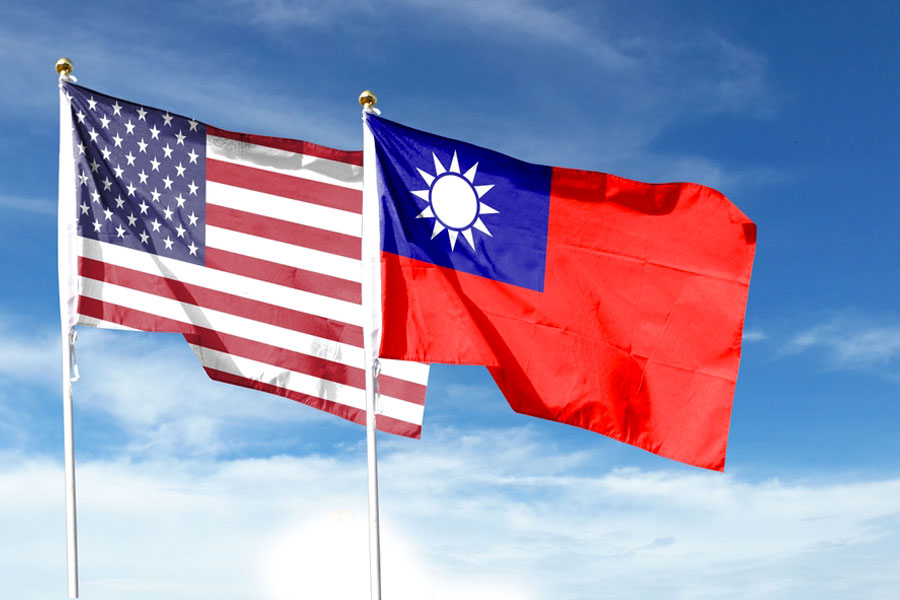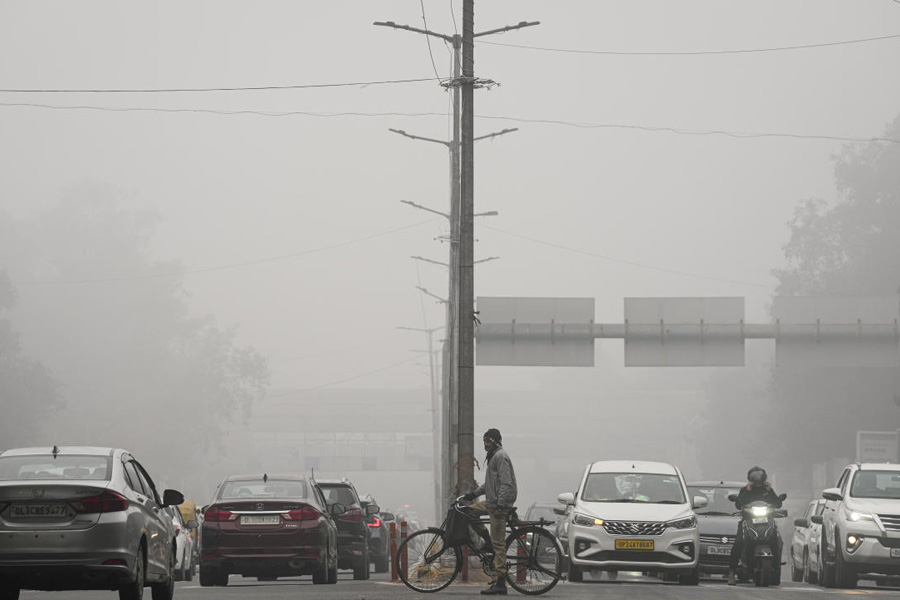The districts of East Midnapore, North 24-Parganas and South 24-Parganas continued to reel from Cyclone Amphan through the weekend, over 96 hours after the disaster, as questions arose on how long people would have to wait for return of normalcy.
The Telegraph compiles a status report:
East Midnapore
Power: Less than 10 per cent of power connections in six affected blocks — Nandigram, Haldia, Sutahata, Khejuri, Deshopran and Contai 2 — had been restored as of Sunday evening. Officials said they were short-staffed to restore nearly 40,000 uprooted wire poles in the six blocks.
“We are hiring as many as 2,000 workers from Jhargram a day. There are too many felled trees to begin the reconstruction right away. We have started restoration from the less affected areas, but the severely affected zones will definitely take more time,” said a senior WBSEDCL official.
Water: The Geonkhali supply unit resumed full operations on Sunday, four days after its 27 million gallon supply to the port and industry town had halted. Most submersible pumps in neighbourhoods and villages, however, were still non-functional.
Protests erupted early on Sunday in Nandigram and Contai, where residents demanded that the local administration hire generators to power their local pumps. The residents alleged that large felled trees had obstructed even the possibility of bathing or washing in local ponds.
Roads: Fallen trees are blocking major arterial and rural roads, said an official. He added that roads built recently under the central government’s schemes had been severely damaged at villages.
“No restoration or repair work could be undertaken as trees could not be removed from the roads,” said disaster management official Mrityunjay Haldar.
North 24-Parganas
Power: Normal power supply was restored in 80 per cent of urban areas, said sources. But the supply has been severely hit in some of the rural areas. For example, only 20 per cent restoration could be done in the Basirhat subdivision as of Sunday. The picture is no different in nearby Bongaon, where 40 per cent restoration work could be completed.
Water: In urban areas, normal water supply resumed in around 80 per cent areas. But in rural areas, there has been practically no water supply. At certain places, local authorities are trying to meet the demand by bringing in water tanks or by distributing water pouches from the PHE.
Roads: In around 90 per cent of the urban areas of the district, close to Calcutta, several uprooted trees have been largely removed from roads. Sources said the absence of required equipment and manpower were delaying the job in rural areas. “In vast areas of the Basirhat subdivision, residents are trying their best to clear roads,” said an official of the Basirhat subdivision, adding roughly 40 per cent of the trees had been removed.
South 24-Parganas
Power: A large part of the district, nearly 50 per cent, was without power on Sunday.
The worst-hit were the coastal areas of Patharpratima, Sagar, Kakdwip, Namkhana, Mathurapur and Kultali, where officials said infrastructure had been irreparably damaged.
“More than 50,000 wire poles were uprooted,” said an official. Supply in parts of urban areas like Magrahat had been restored as of Sunday evening, but at least 30 per cent urban areas were still in darkness.
Water: The district administration on Sunday sent mobile generators to make water projects functional. But supply to the crisis-hit areas which had no water since Wednesday could not be restored as pipelines were damaged because of felled trees or electricity poles.
The Public Health Engineering department sent more than 4 lakh water pouches for the worst-hit areas, but many of the affected areas didn’t receive the same because of connectivity problems even on Sunday.
A large area of the district is still under water as damaged embankments were yet to be repaired. A fresh breach on an embankment in Sandeshkhali on Sunday left a few more villages inundated adding to the woos of the villagers, who were already suffering because of lack of food and drinking water.
Roads: Officials said majority of the highways had been cleared but rural roads were still out of reach of relief workers as portions of these have washed away or still under water. “It will take a very long time. All we are doing now is temporary arrangements. Coastal areas are too vastly affected,” said district magistrate P Ulaganathan.
Sources in the PWD said though a proper estimate was yet to be done, it appears at least 200km of bituminous road had been damaged badly. Besides, several village roads have been washed away after more than 60 embankments in the coastal areas were breached.
Officialspeak
Asked about the relief operations, state food and supplies minister Jyotipriyo Mullick said: “This is an unprecedented disaster which was beyond our imagination. Our officials and workers are toiling hard round the clock to make life normal. But in several areas, it will take longer to bring back normality. We are very concerned about restoring power in isolated and remote areas.”











